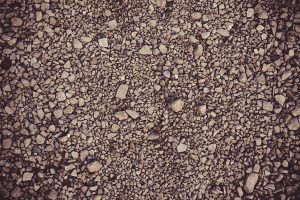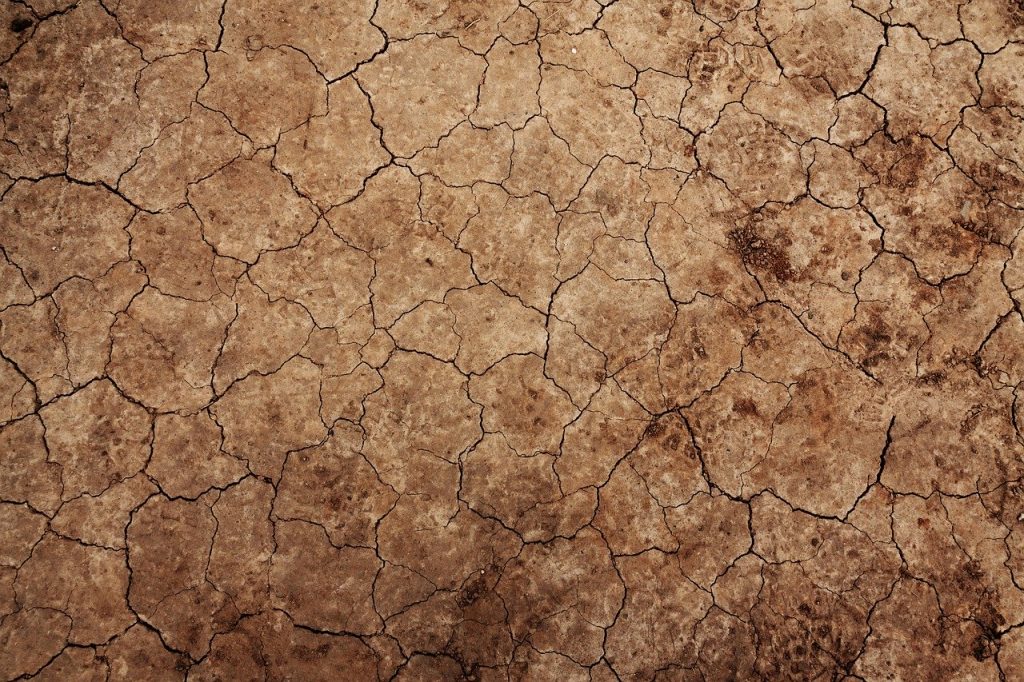Assessing Ground Quality Before Construction

All major constructions have their roots (foundations or supports) in the ground. Likewise, any tangible construction must have a solid foundation or support structure held firmly in the ground. As such, it is very important to assess the quality of the ground before construction, regardless of whether you are building a high storey building in the outskirts of Sydney CBD or an adventure park in rural Victoria. Just as the type and design of foundation or earthwork to be constructed depends on the ground quality, the type and process of assessing ground quality before construction work depends on properties of soil. This can have a huge impact on a variety of factors that goes into construction starting from the type of foundation to be used to the air compressor to be used for industrial purposes. The report of the ground quality test subsequently determines the design and type of construction. This highlights the importance of assessing ground quality before construction.
Assessing ground quality before construction is usually the first step in any construction planning. How would you turn a block of land into a workable and secure construction site?
Everything starts with site prep that entails a number of essential phases: from site analysis to demolition, from the site set out to excavation… Should you exhibit professionalism in every one of these steps, you will lay a solid foundation for your future building.
So let us roll our sleeves up and learn what you need to achieve before the first shovel goes from the ground.
Website observation and analysis
To begin with, you have to discover all of the peculiarities of the website. That is why you measure and assess before you take care of different tasks on your to-do list.
Through site investigation and assessment, you make certain that the building is going to be constructed on a suitable place for your project.
Think about the dimensions, orientation, and incline of the site. Also, note the climate and microclimate of their future building’s position. This can help you figure out if solar access or cooling breezes must take the priority for your construction, as well as help you leverage seasonal temperatures, humidity levels, winds, etc..
Also, consult local authorities for any building restrictions. They should also offer details about existing or old water, gas and sewer lines which may pass through the site. You might even want to have an engineering consultation to determine the best way to go about the assessment.

It is important to understand how suitable the ground is for the proposed construction work. Assessing ground quality follows several tests and processes. Some of these processes are carried out in the lab while some are conducted in the field. Here are the major important processes of assessing ground quality before construction:
Moisture Content Test: this test is also known as the water content test. It is a very vital ground quality test before construction. This test can be determined by various processes, which include: Alcohol method, Calcium carbide method, Oven drying method, Pycnometer method, Radiation method, Sand-bath method, Torsion balance method, etc. Of all these methods, oven drying is the most accurate and common. The oven-drying method follows this process: a small sample of the ground to be assessed is weighed and dried in an oven at a temperature of 110°C ± 5°C. After about 24hrs, the dried soil would be removed from the oven and reweighed. The final weight is then subtracted from the initial weight, this difference is taken as the moisture or water content in the soil. This can really help with buildings that have external timber cladding which requires a good moisture control.
Specific Gravity Tests: this test is very important for any construction contractors to calculate the weigh-volume relationship of the ground, hence, the gravity of the ground. It is calculated by dividing a part of a unit mass of soil mass/solids by the unit weight of water (distilled). Sometimes, density is used instead of weight. This method is usually estimated using several methods including: Density bottle, Gas jar, Measuring flask, Pycnometer, and Shrinkage limit methods. Pycnometer method involves making four measurements – empty pycnometer mass (MA), empty pycnometer + weight of dry soil (MB), empty pycnometer + weight of water + weight of dry soil (MC) and the mass of the water-filled pycnometer (MD). All measurements are taken at room temp. The specific gravity (GS) is calculated using the four weight using this formula:
GS = (MB-MA)/(MB-MA) – (MC-MD)
Dry Density Tests: These tests make use of the weights of soil particles in a particular volume of soil particle samples and is usually categorized into loose, medium, and dense categories. The dry density tests are estimated by three main methods – the water displacement, sand replacement, and core cutter methods. As mentioned earlier. this hugely impacts the decision to be taken about the kind of air compressor parts to be used in the building which becomes an important part of HVAC planning (Heating, ventilation and air conditioning).

Atterberg Limits Tests: this method is used in measuring the critical moisture/water content of fine-grained soils. This method provides three limits, which shows the qualities of fine-grained soils at various conditions. These limits are the shrinkage limit test, plastic limit test, and liquid limit test.
Proctor’s Compaction Test: this test is carried out to determine the compaction qualities of the ground to hold possible materials such as non-combustible cladding or wooden planks. Compaction refers to the reduction of air voids in the soil through densification. The degree of compaction of the ground is determined by the dry density of the ground.
As stated above, assessing ground quality is very important before commencing any construction. This will not only determine the type of construction that the ground can support but also determine how lasting the construction would be on the ground. This test is extremely important if you want to create multi-storey buildings. If you are thinking of opening special businesses, like this flying fox park which uses preexisting natural elements, this test would not be as important.
